A word of warning: Google for the definition of the word “pummer” at your own risk. Rest assured that this beautiful solar-powered circuit sculpture fits the only definition of pummer that we care to deal with.
For the unfamiliar, a pummer is a device from the BEAM style of robotics, a sort of cyborg plant that absorbs solar energy during the day and turns it into a gently pulsating light that “pumms” away the dark hours.
[Mohit Bhoite]’s take on the pummer is an extraordinary model of a satellite executed mainly in brass rod. His attention to detail on the framework boggles our minds; we could work for days on a brass rod and never achieve the straight lines and perfect corners he did. The wings support two solar cells, while the hull of the satellite holds a dead-bugged 74HC240 octal buffer/line-driver chip and all the other pumm-enabling components. A one farad supercap – mounted to look like a dish antenna – is charged during the day and a single LED beacon blinks into the night.
No schematic is provided, but there are probably enough closeup shots to reverse engineer this, which actually sounds like a fun exercise. (Or you can cheat and fetch the PDF copy of the old Make magazine article that inspired him.)
Hats off to [Mohit] for a top-notch circuit sculpture. We’ve seen similarly detailed and well-executed sculptures from him before; something tells us this won’t be the last.
Thanks to [Varun Reddy] for the tip.

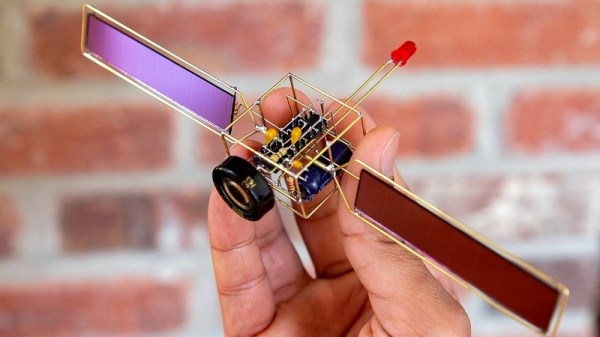
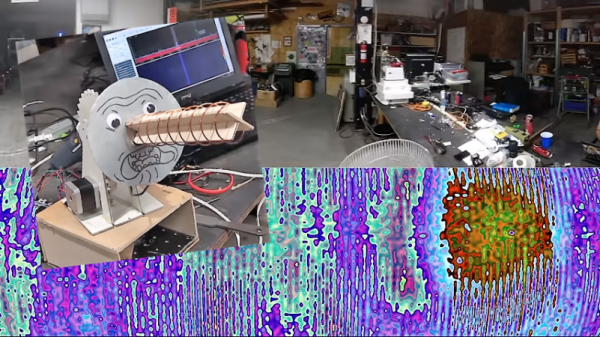
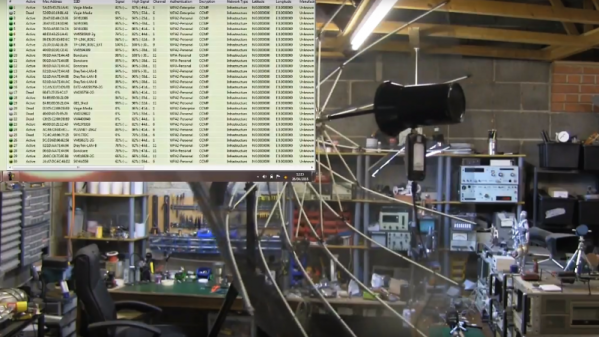
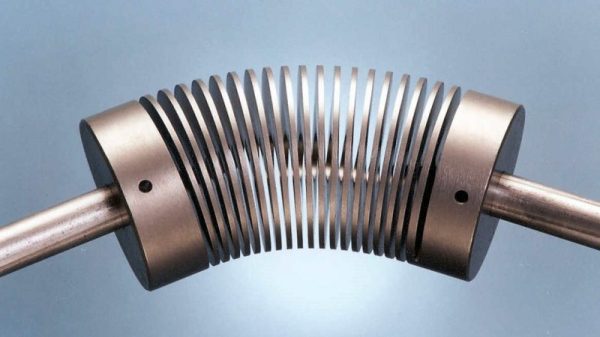

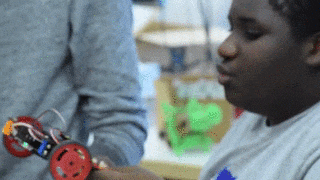 The highlights of the NeuroBytes Kickstarter include seven different types of neurons for different sensory systems, kits to test the patellar reflex, and what is probably most interesting to the Hackaday crowd, a Braitenberg Vehicle chassis, meant to test the ideas set forth in Valentino Braitenberg’s book, Vehicles: Experiments in Synthetic Psychology. If that book doesn’t sound familiar, BEAM robots probably do; that’s where the idea for BEAM robots came from.
The highlights of the NeuroBytes Kickstarter include seven different types of neurons for different sensory systems, kits to test the patellar reflex, and what is probably most interesting to the Hackaday crowd, a Braitenberg Vehicle chassis, meant to test the ideas set forth in Valentino Braitenberg’s book, Vehicles: Experiments in Synthetic Psychology. If that book doesn’t sound familiar, BEAM robots probably do; that’s where the idea for BEAM robots came from.










